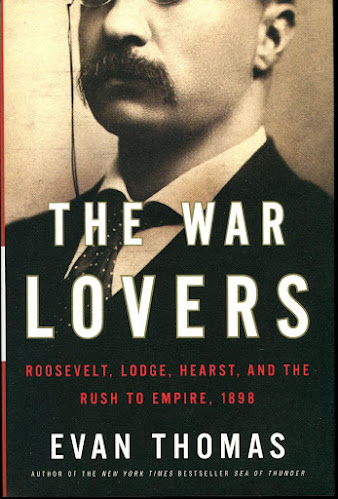Civil War and Reconstruction: An Eyewitness History by Joe H. Kirchberger

Very good work marred by sloppy editing. Published in 1991 by Facts on File. Civil War and Reconstruction: An Eyewitness History is a good general history of the Civil War. It has good pictures and an easy to read narrative of the war. It also has a lengthy appendix that includes many of the relevant historical documents, such as the Constitutions of the USA and the Confederacy, Lincoln and Jefferson's inaugural addresses, the Gettysburg Address, short biographies of the major personalities of the era and battlefield maps. Confederate General James Ewell Brown "Jeb" Stuart (1833-64) At the end of each chapter, there is a lengthy section of quotes from participants and commentators of the day. This interesting addition makes the narrative read much quicker, but allows the reader to look at the topic in more detail if he/she chooses. Unfortunately, there are some errors in the book due to poor editing. Two, in particular, bugged me. I used this book to look fo...














